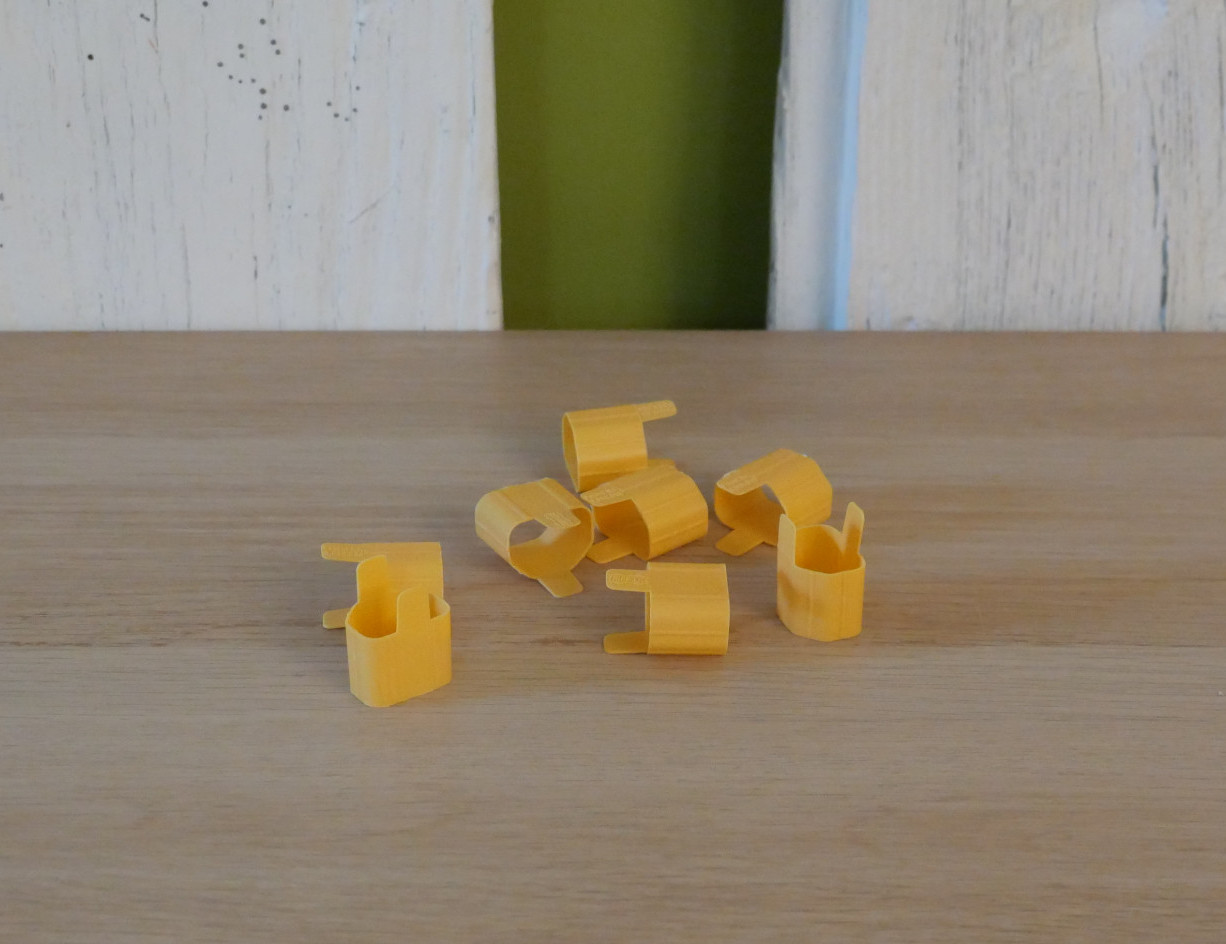In using such tiny steps of adjustment with the speakers, I’m trying to achieve complete coherence between them. A coherent approach to equipment selection, cabling and supports makes a coherent musical result far easier to achieve.
RG. Which all tends to suggest that there are certain, fundamental rules to follow, if a coherent, musical result is your goal. People have hi-fi systems for many different reasons, but in most cases, it’s musical coherence that you are offering.
ST. Rule 1 – never put soft, squishy feet under your speakers (laughs). After that? Work towards a unified solution, be it cables, racks or equipment. If you are changing anything in the system, change towards consistency rather than divergence.
Quite often when I’m working on a system, I’ll actually omit products. Clients often have some considerable investment in couplers or footers under their equipment. But they aren’t all the same and they don’t have them everywhere. Take ‘em all out. Get back to a situation where, as far as possible, the equipment in the system is sharing the same mechanical and electrical environment. As we are so fond of saying in audio, less really can be more.
RG. Is set-up ultimately more important than equipment choice?
ST. It probably sounds rather self-serving, but the answer is yes. At the end of the day, once you are treating equipment properly, things start to sound far more similar than dissimilar. More often than not, disappointing results reflect poor matching or set-up rather than a poor unit.

Audiophiles agonize over equipment choices and ‘upgrades’, study magazines, read reviews in incredible detail and, in many cases get upset by them. Yet few if any audiophiles have ever experienced what their systems are actually capable of. I’ve worked on hundreds of systems, some of the most expensive systems there are, owned by some of the most serious and committed audiophiles out there. In every single case, I’ve been able to transform the performance of the system, the equipment that the client already owns. So much so that it bears no relation to the way it sounded before. They really had no idea what it was capable of. It’s safe to say that most people who own an expensive hi-fi system have never heard what it can or could do. I’m not being arrogant and I apologize if it sounds that way, but the facts speak for themselves. Not only am I still in business, but the vast majority of my clients – around 75 to 80% – are repeat customers! In one sense, that’s kind of inevitable. Once someone who has been chasing the audio rainbow, often for years, finally realizes that they were sitting on a pot of gold all that time but simply didn’t realise it, it completely rekindles their enthusiasm for audio and their passion for music. They start wondering just how much further this thing can go. They start shopping, moving the system towards that consistent ideal we’ve already talked about. But the one thing they’ve learnt is that, change anything in the system and you’d better be re-setting the speakers… As a result, a lot of my clients want me to visit at least a couple of times a year, either because they’re making a change, or simply to keep the system at the top of its game.

